

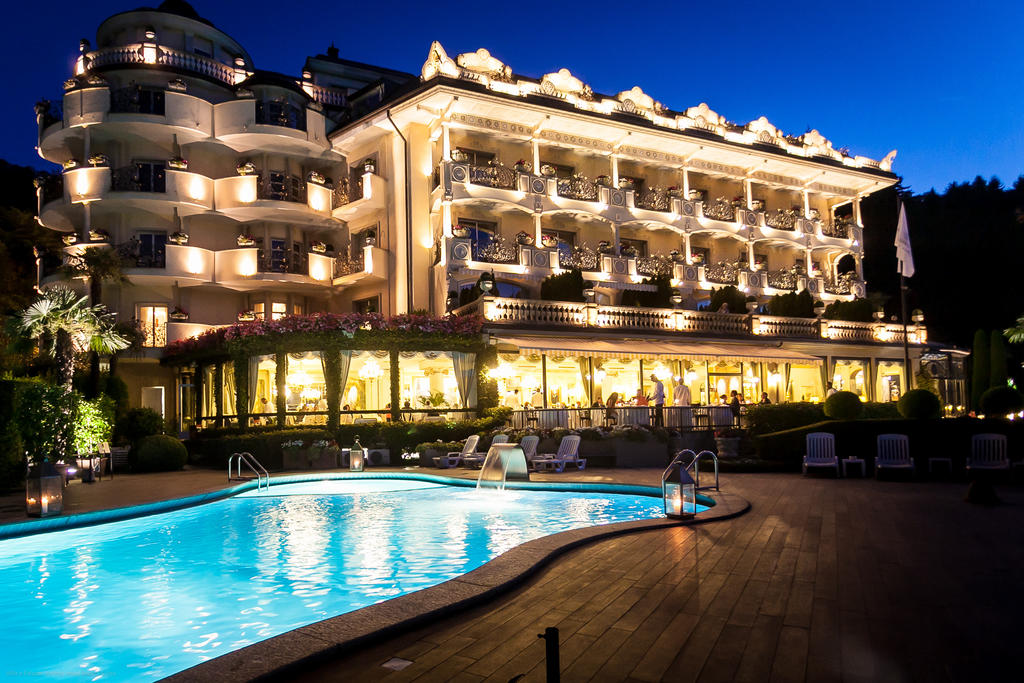



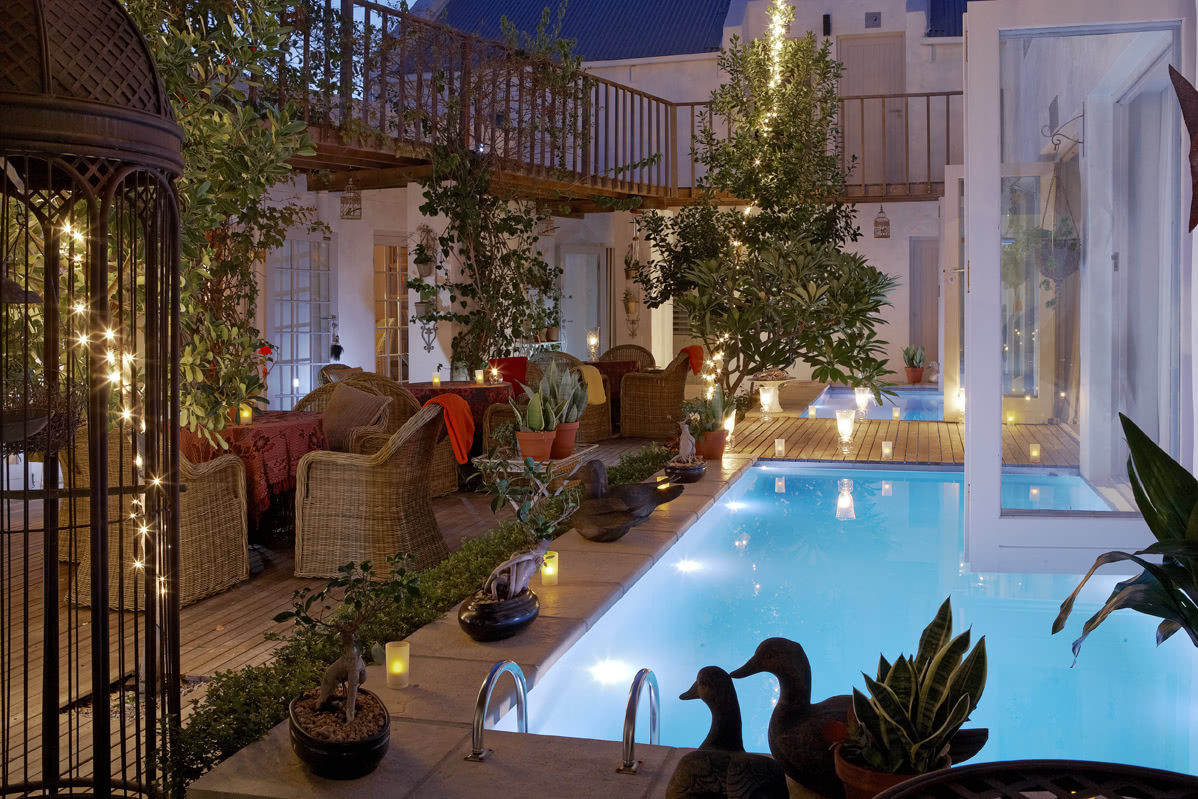
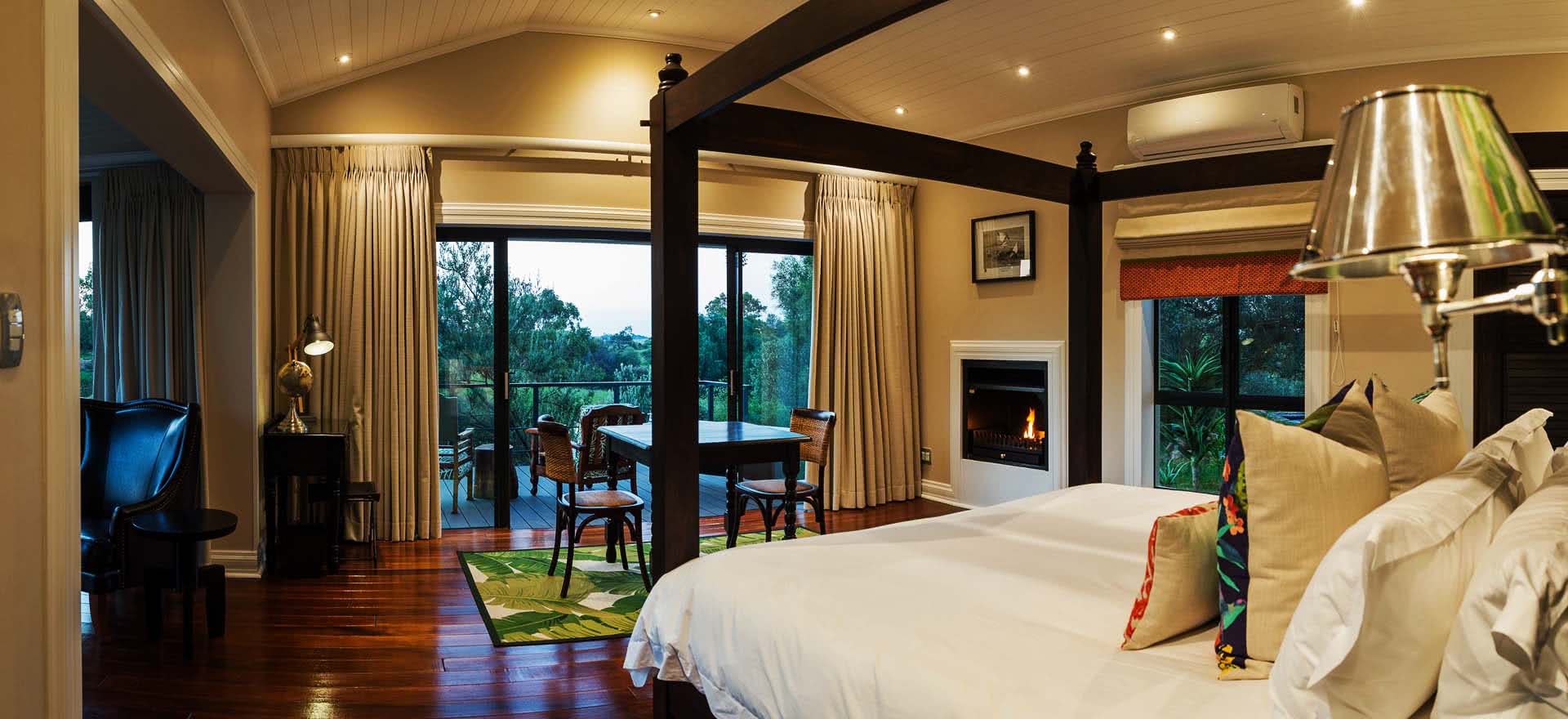
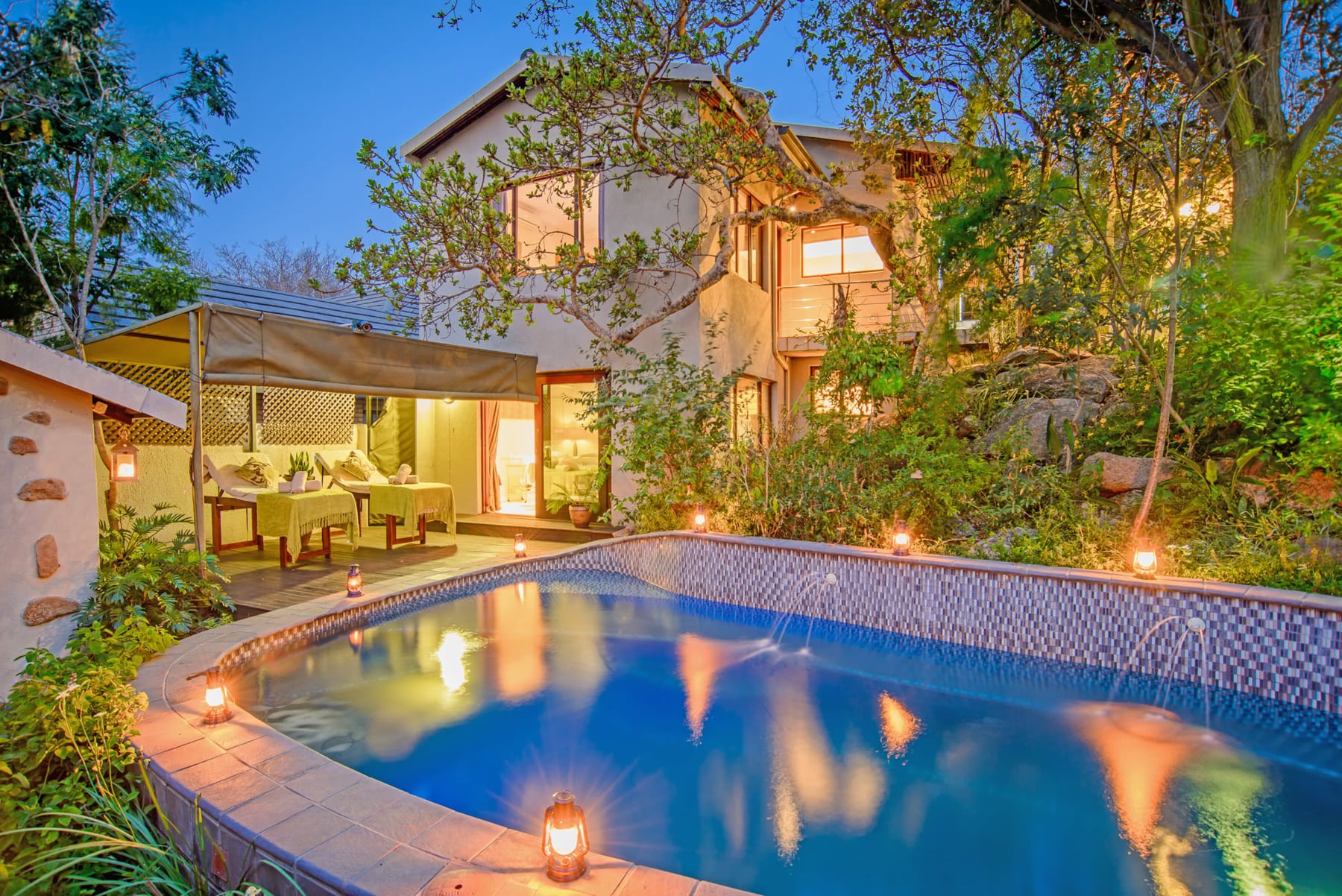




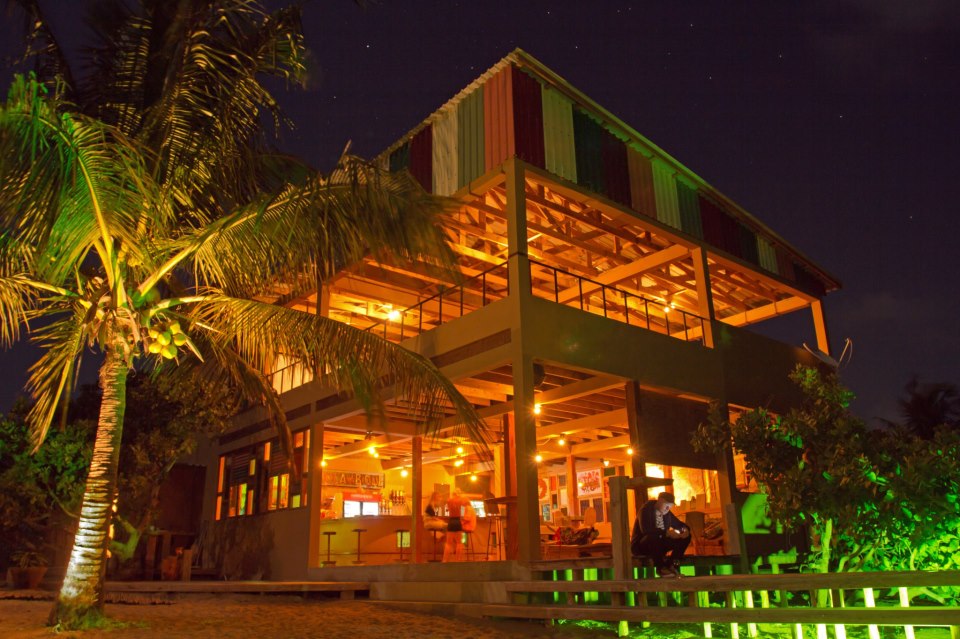




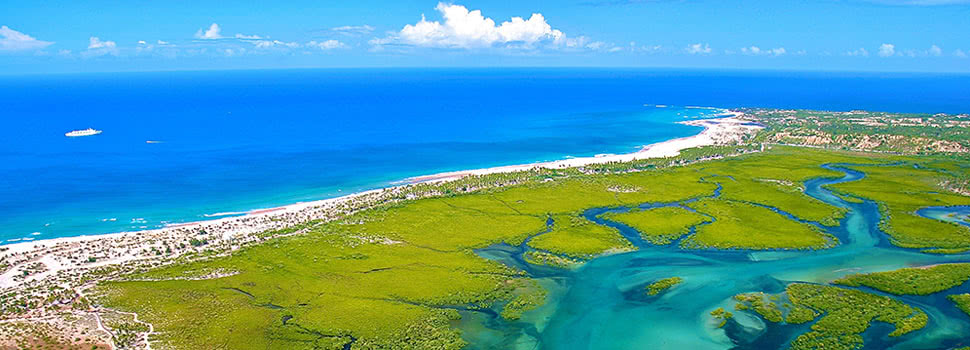
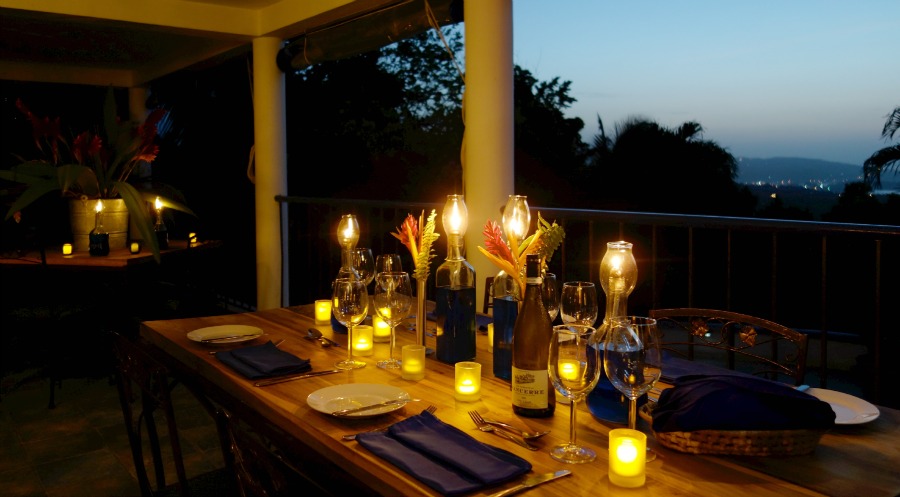



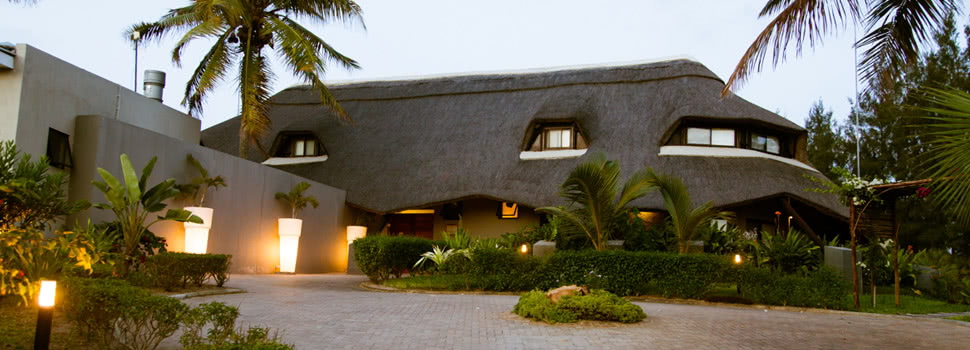



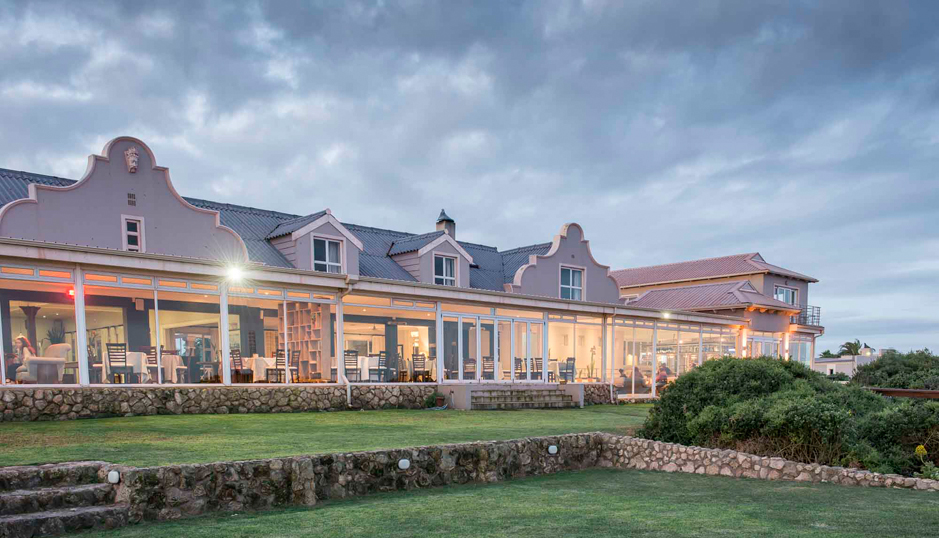


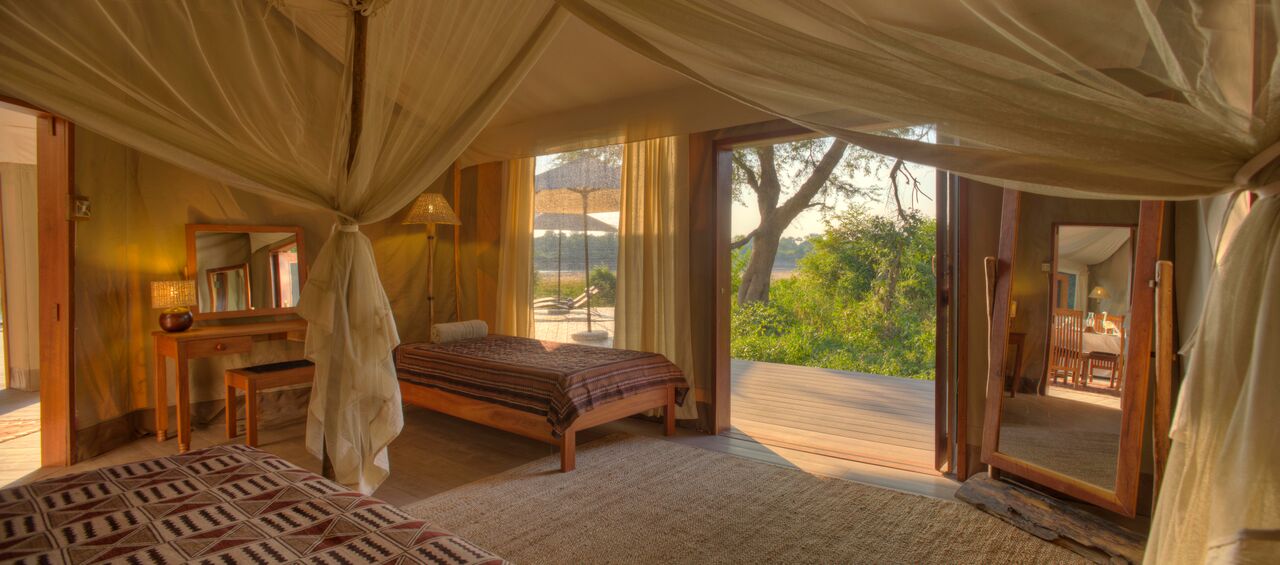


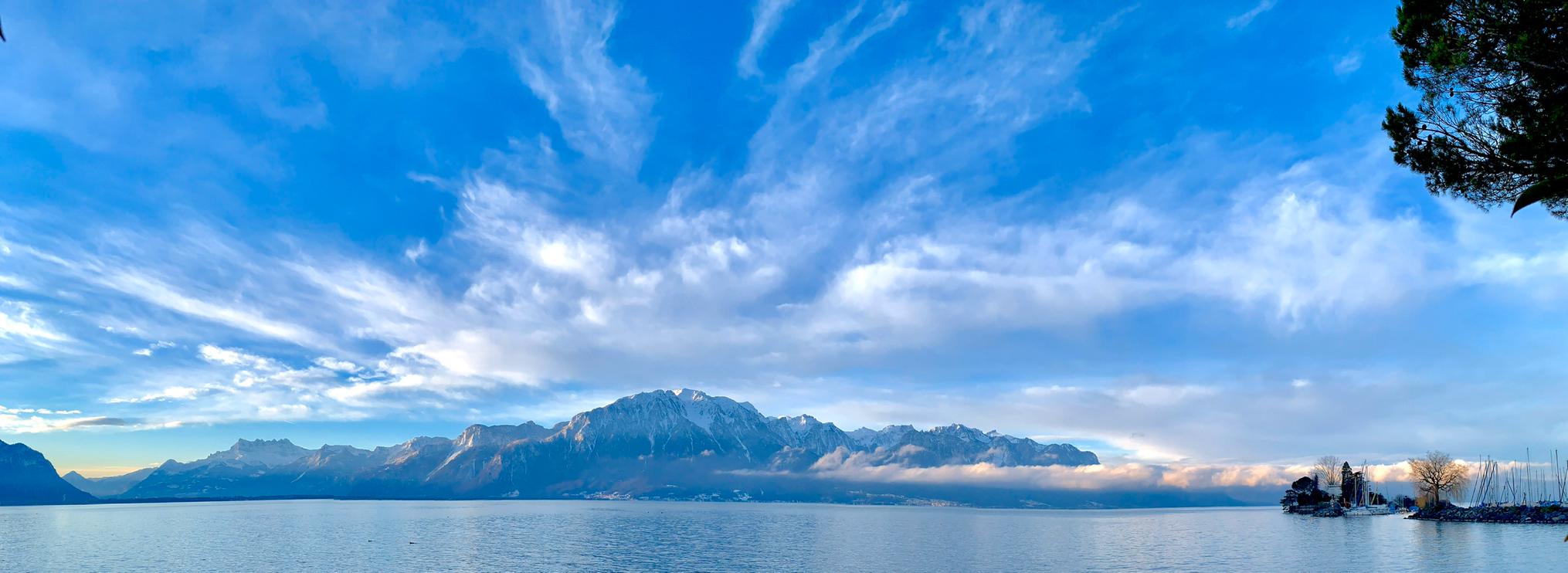


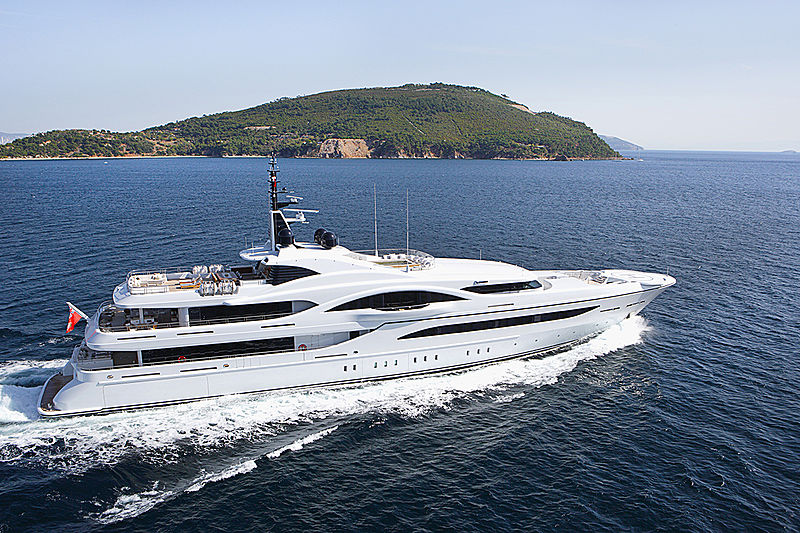














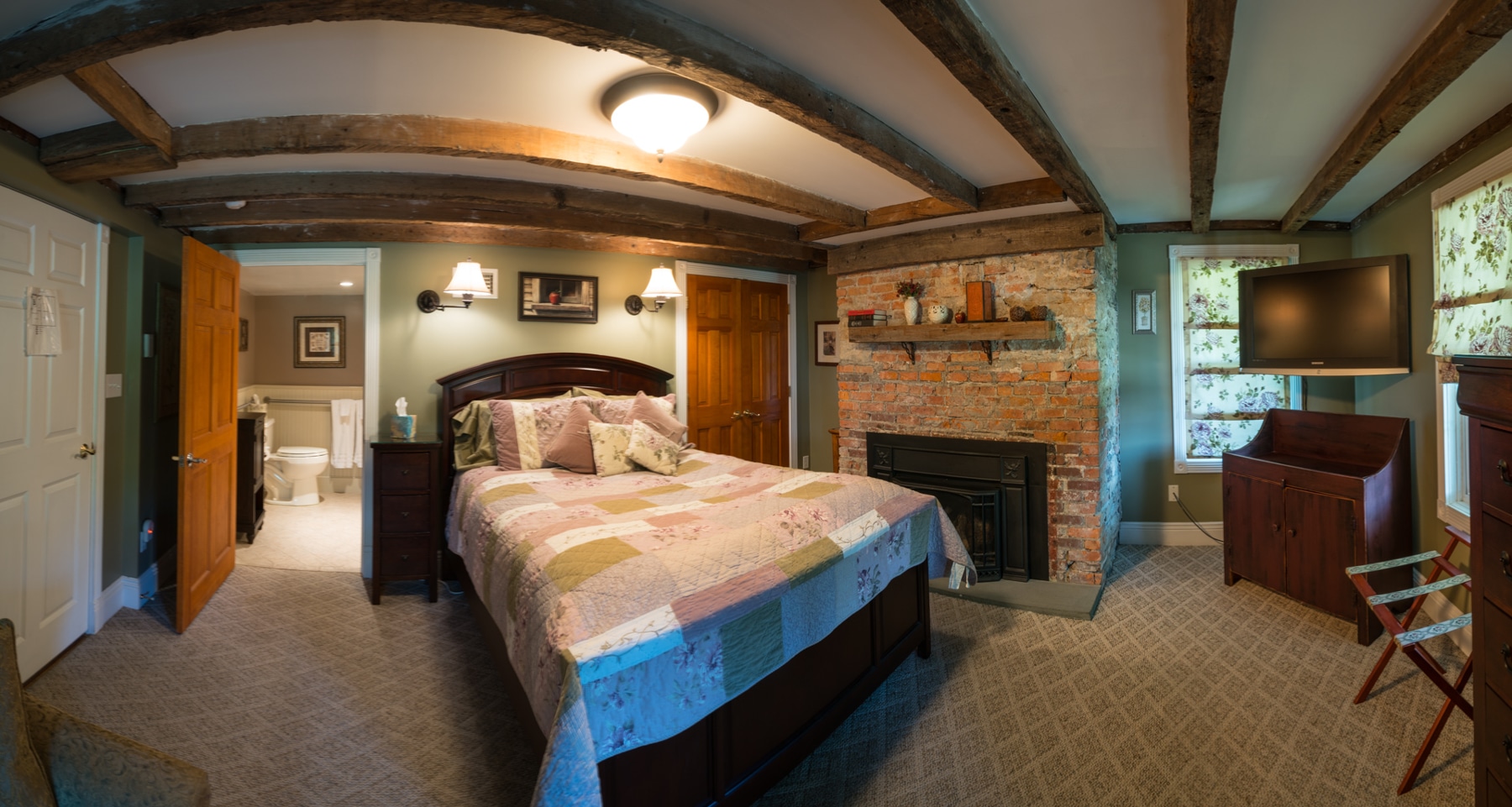






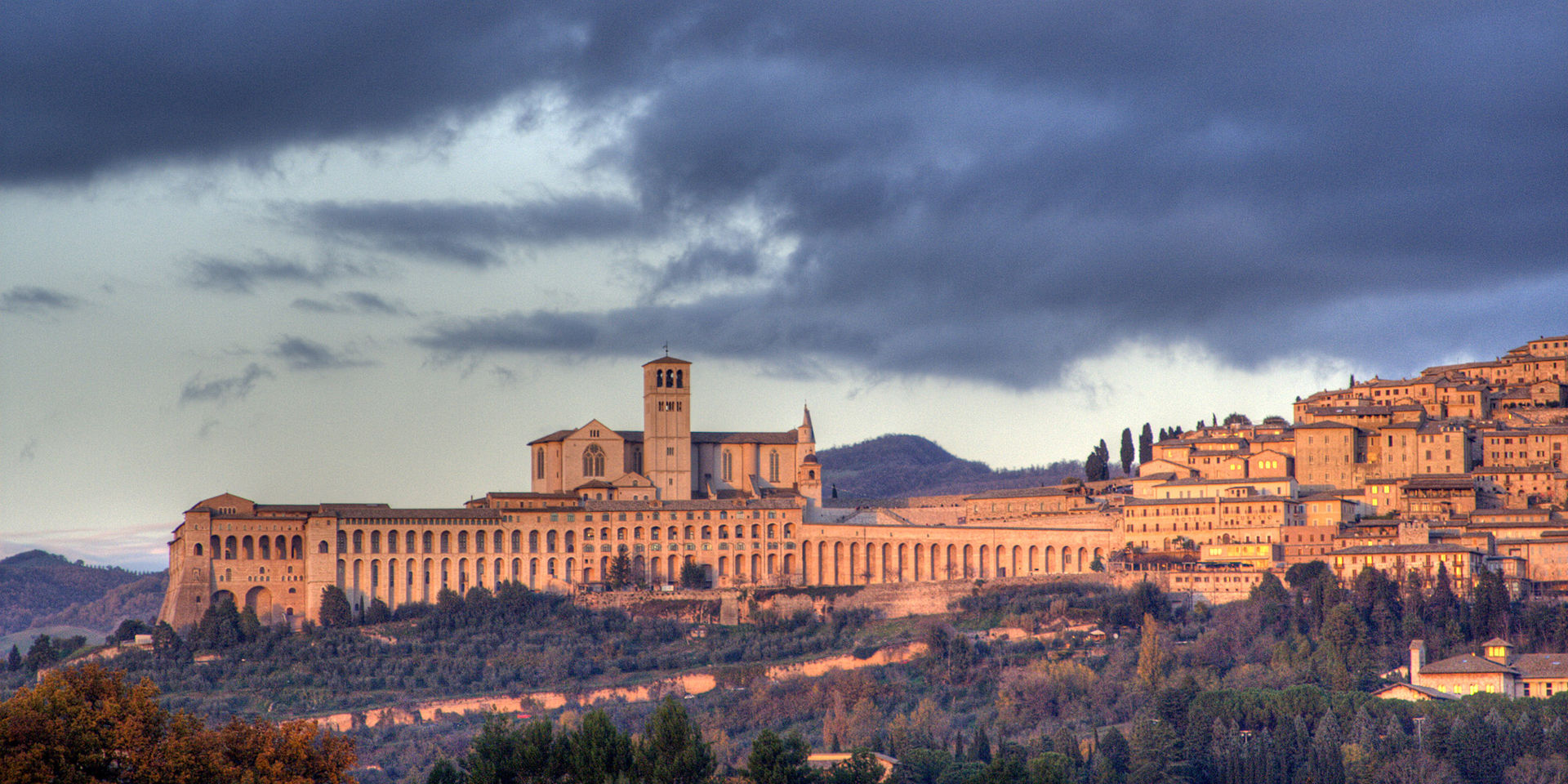
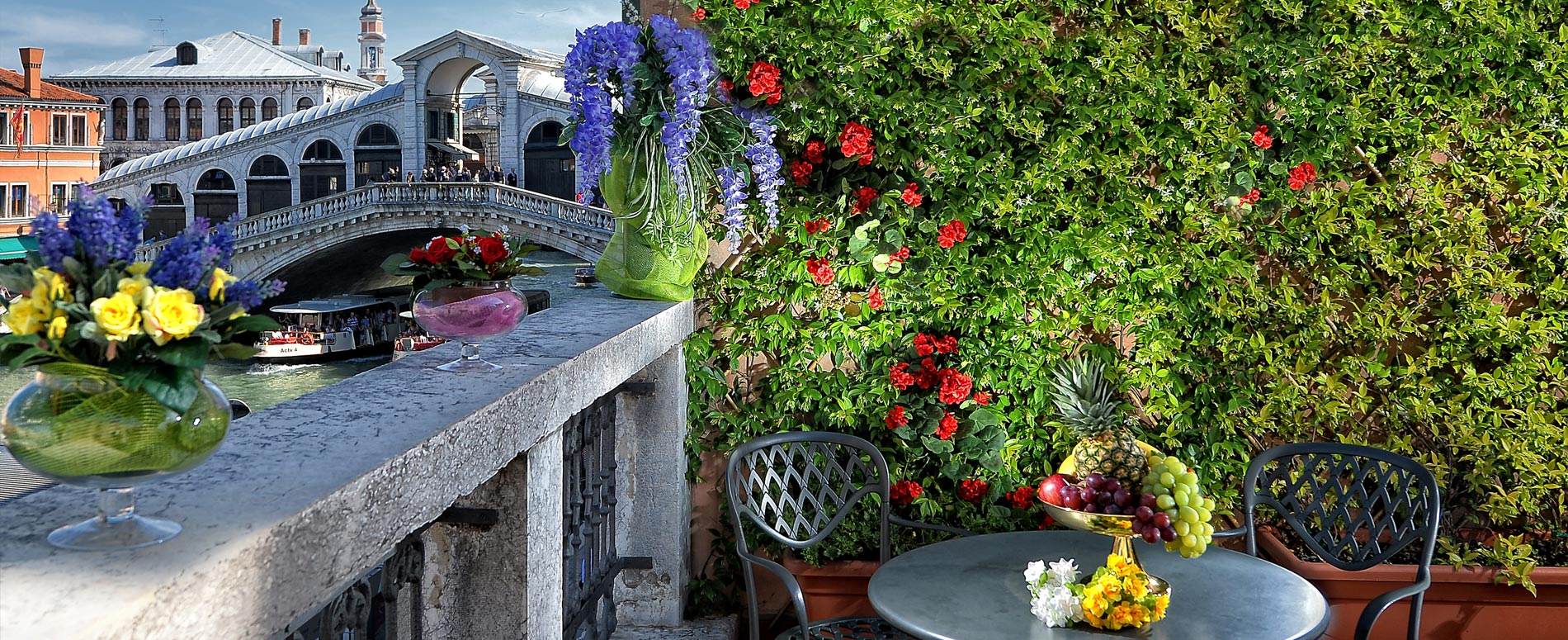






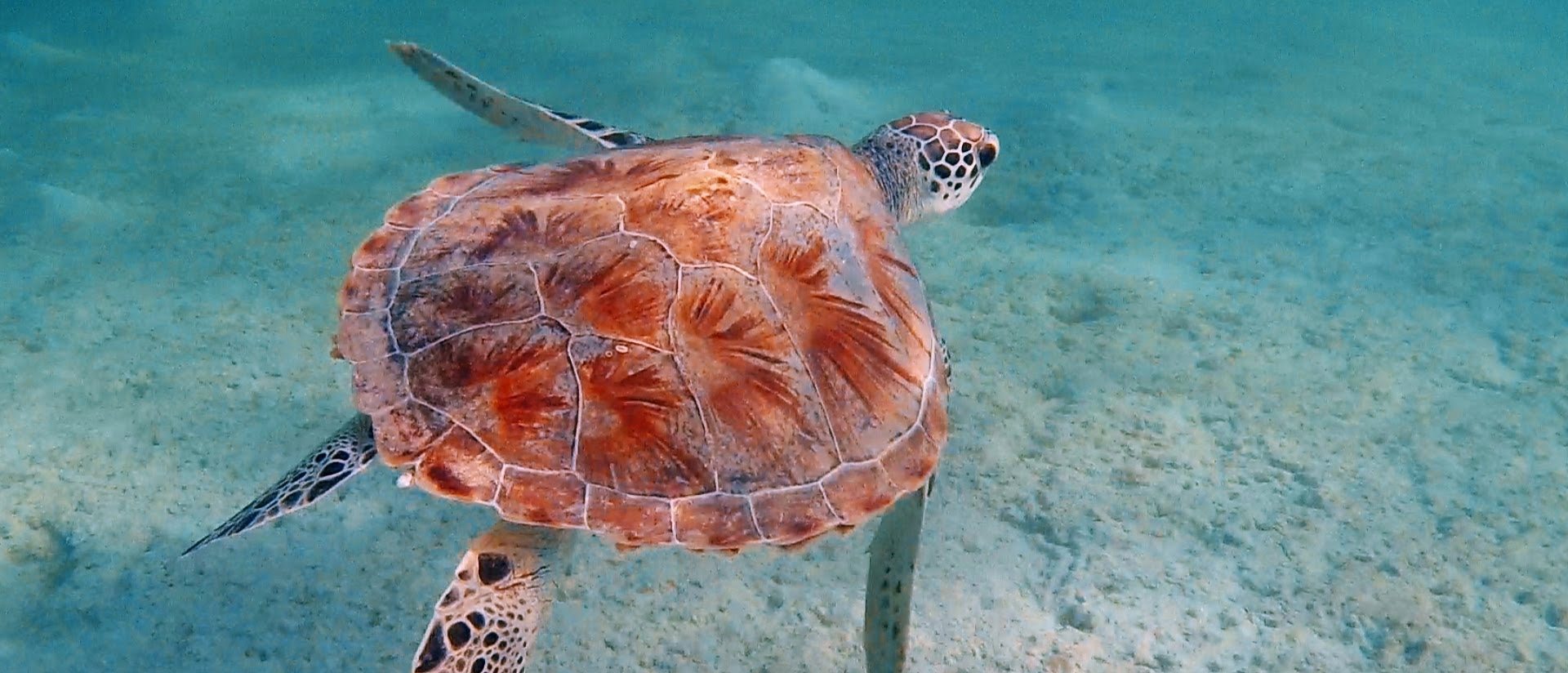

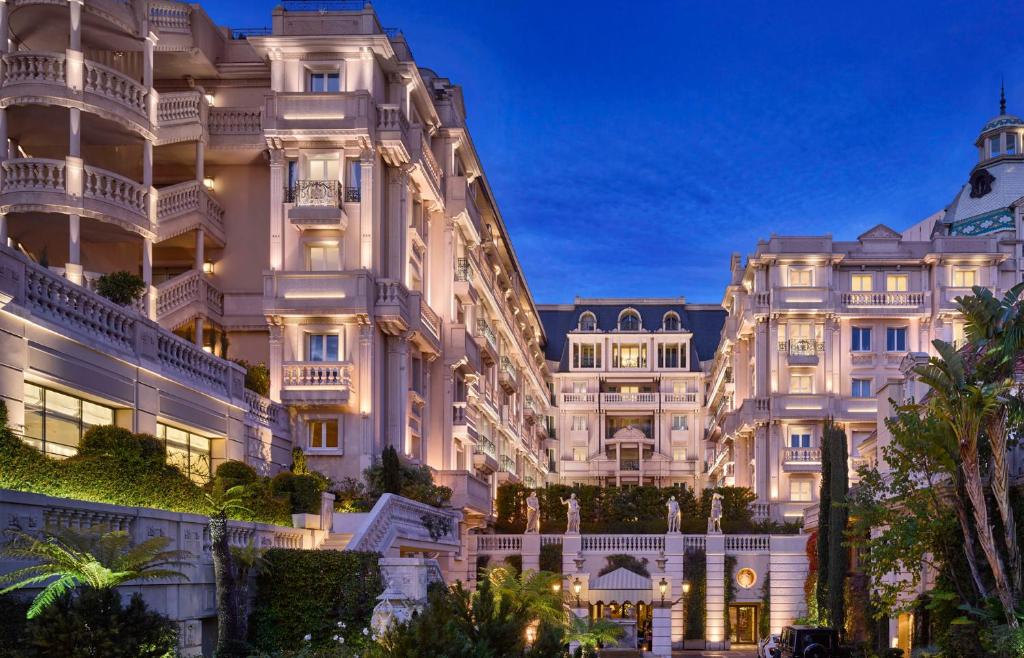

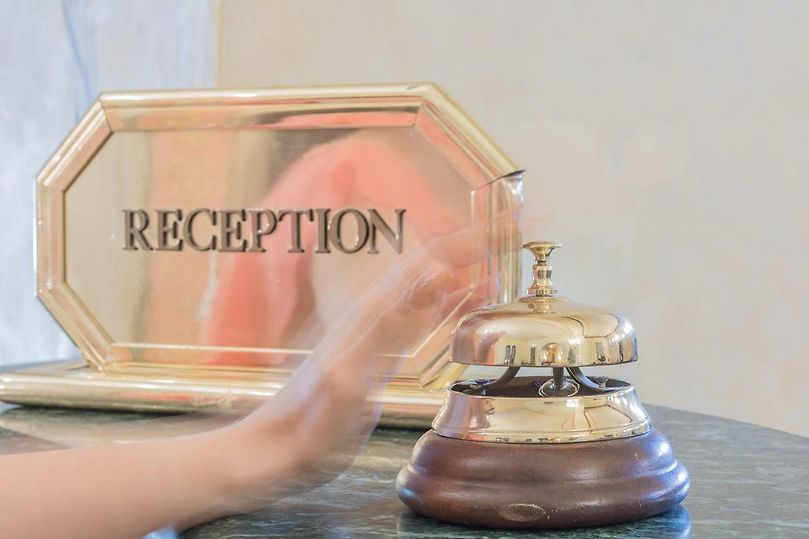

Summerstrand, Gqeberha (Port Elizabeth), Eastern Cape, South Africa
Agent: Cliff Jacobs - Managing Principal Estate Agent & CEO (Nat.Dpl.Hotel Man (UJ). M.P.R.E.)
Agent Cellphone: +27 (0) 84 413 1071 / +27 (0) 61 716 6951
Agent Office Number: +27 (0) 84 413 1071
Agent Email Address: cliff@exquisitehotelconsultants.com
Type: Beachfront Resort & Conference Centre
Bedrooms: 77
Bathrooms: 77
Showers: 77
Parking: 50
Yield: Not Disclosed
TGCSA Rating:

Summerstrand
Summerstrand is a seaside suburb of Port Elizabeth, South Africa. It is located 6 km (3.7 mi) south-east of the Port Elizabeth city centre. It is primarily a residential suburb along with shopping and business facilities. It is also home to three Nelson Mandela University campuses.
Geography
Summerstrand lies on the Indian Ocean coastline between Humewood in the north and the Nelson Mandela Metro University Nature Reserve in the south.
The M4 passes through the town along the coast connecting to Port Elizabeth city centre in the north and Schoenmakerskop in the south. The M13 connects more of the inner suburban area of Summerstrand and links to Humewood in the north.
Demographics
The population of Summerstrand is 12,614. Over half of the population are English-speaking Whites of British descent. 10.3% of people in Summerstrand are Xhosa people and 5.6% are Coloureds who speak Afrikaans as a first language. There are also White South Africans who speak Afrikaans as a first language and Indian South Africans as well.
Government and politics
Summerstrand is located in the Nelson Mandela Bay Metropolitan Municipality which governs the city of Port Elizabeth, Despatch, Uitenhage and surroundings.
Education
The southern part of Summerstrand is dominated by the Nelson Mandela University (NMU). Nelson Mandela University has its south (main) and North Campus in the southern part with the 2nd Avenue Campus in the northern part.
Although the suburb is dominated by NMU, there are also other schools such as:
Entertainment
Summerstrand is home to the Broadwalk Casino and Entertainment World, the only casino in the Nelson Mandela Bay Metro. The casino also includes a hotel and is owned by Sun International.
There are many hotels in Summerstrand such as Road Lodge Port Elizabeth, Raddison Blu Port Elizabeth and Protea Hotel (by Marriot) Port Elizabeth Marine. There are also numerous guest houses and lodges in Summerstrand.
There is also the nearby Bayworld in Humewood, a museum complex comprising the Museum, oceanarium, Snake Park as well as Number 7 Castle Hill Museum. Summerstrand is also near the Cape Recife Nature Reserve.
Sport and Recreation
There are also two beaches in Summerstrand, Hobie and Pollock Beach. Hobie Beach is a famous beach in Port Elizabeth and includes the Shark Rock Pier, the only pier in Nelson Mandela Bay. There is also the nearby the Kings Beach in Humewood which is Port Elizabeth's flagship beach.
Apart from the beaches there are also other sports and recreation facilities such as the Humewood Golf Club and the Summerstrand Tennis Club.
Gqeberha
Gqeberha is a major seaport and the most populous city in the Eastern Cape province of South Africa. It is the seat of the Nelson Mandela Bay Metropolitan Municipality, South Africa's second-largest metropolitan district by area size. It is the sixth-most populous city in South Africa and is the cultural, economic and financial centre of the Eastern Cape.
The city was founded as Port Elizabeth in 1820 by Sir Rufane Donkin, who was the governor of the city at the time. He named it after his late wife, Elizabeth, who had died in India. The Donkin memorial in the CBD of the city bears testament to this. Port Elizabeth was established by the government of the Cape Colony when 4,000 British colonists settled in Algoa Bay to strengthen the border region between the Cape Colony and the Xhosa. It is nicknamed "The Friendly City" or "The Windy City". In 2019, the Eastern Cape Geographical Names Committee recommended that Port Elizabeth be renamed Gqeberha, after the Xhosa and Southern Khoe name for the Baakens River that flows through the city. The city's controversial name change was officially gazetted on 23 February 2021.
Located on the western portion of Algoa Bay along the southeastern coast of South Africa, the city lies 770 km east of Cape Town. It is east of the Garden Route and faces the Indian Ocean. It covers 251 square kilometers of the Nelson Mandela Bay metropolitan area, South Africa's sixth-largest metropolitan municipality. The city's warm oceanic climate ranks it among the top cities in the world for pleasant year-round weather. The city is known for many blue-flag beaches along the city's urban coastline; its popularity as an international and local holiday destination; and its rich and diverse cultural heritage. It is a gateway city for the Eastern Cape's adventure, outdoor and African big five game safari tourism.
Etymology
In 1820, the rising seaport of Algoa Bay was named "Port Elizabeth" in memory of Elizabeth Frances née Markham, the late wife of Rufane Shaw Donkin, acting Governor of the Cape Colony. Colonists also called the settlement "The Bay". The settlement is also known by Xhosa speakers as "iBhayi" or "eBhayi", a Xhosa adaptation of the Afrikaans name "die Baai", meaning "the bay".
In 2019, the Eastern Cape Geographical Names Committee (ECGNC) announced that the city of Port Elizabeth would likely have its name changed to Gqeberha, a Xhosa word used to refer to the Baakens River, which flows through the city. The proposal garnered significant local opposition. Despite this, on 23 February 2021, the city was officially renamed Gqeberha.
History
Prehistory
Cave sites in the area, such as Albany, Wilton and Howiesons Poort, have given their names to various archaeological cultures. The Howiesons Poort has been of particular interest to interpretations about the origins of fully modern human behaviour. Dating to 65,000 to 62,000 years ago, it has yielded extremely old evidence for bow-and-arrow hunting and shell-bead jewellery. Earlier and Middle Stone Age lithic material has been found in the Sundays River Valley, while at the important site of Amanzi Springs, 40 km north of the Port Elizabeth near Addo, Earlier Stone Age artefacts are found in situ with well-preserved plant and faunal remains within spring sediments (Deacon, 1970). There is Later Stone Age archaeological material preserved in caves and rock shelters, such as Melkhoutboom Cave, in the Cape Fold Belt Mountain surrounding Port Elizabeth (see Deacon and Deacon, 1963; Deacon, 1976; Binneman, 1997) and large numbers of coastal shell middens have been reported at Humewood, St Georges Strand and the Coega River Mouth (Rudner, 1968). Most recently, Binneman and Webley (1997) reported thirteen shell middens and stone tool scatters about 500 m east of the Coega River mouth in the archaeological assessment carried out for the development of maritime infrastructure for the Port of Ngqura. Importantly, some of this archaeological material was recorded in secondary context in the gravels from older river terraces along the banks of the Coega River.
Early history
Hunters and gatherers ancestral to the San first settled the area around what is now called Algoa Bay at least 10,000 years ago. Around 2,000 years ago, they were gradually assimilated by agriculturalist populations ancestral to the Xhosa people.
The first Europeans to visit the area sailed with the Portuguese explorers Bartholomeu Dias, who landed on St Croix Island in Algoa Bay in 1488, and Vasco da Gama, who noted the nearby Bird Island in 1497. For centuries, the area appeared on European navigation charts marked simply as "a landing place with fresh water".
The area became part of the Cape Colony. This area had a turbulent history between the settlement by the Dutch East India Company in 1652 and the formation of the Union of South Africa in 1910.
In 1799, at the time of the first British occupation of the Colony during the Napoleonic Wars, British troops built a stone fort named Fort Frederick after the Duke of York. This fort, aiming to deter a possible landing of French troops, was constructed to oversee the site of what later became Port Elizabeth. The fort is now preserved as a monument.
From 1814 to 1821, the Strandfontein farm was owned by Piet Retief. He later became a Voortrekker leader and was killed in 1837 by Zulu king Dingane during negotiations about land. An estimated 500 men, woman and children of his party were massacred. Frederik Korsten owned the Strandfontein farm after Retief. The suburb of Korsten was named after Frederick in the 19th century. This area was later developed as the Summerstrand beach suburb of Port Elizabeth.
In 1820, a party of 4,000 British settlers arrived by sea, encouraged by the government of the Cape Colony to form a settlement to strengthen the border region between the Cape Colony and the Xhosa people. At this time the seaport town was founded by Sir Rufane Shaw Donkin, the Acting Governor of the Cape Colony (in office: 1820–1821). Diplomat Edmund Roberts visited Port Elizabeth in the early 1830s. Roberts noted that Port Elizabeth in the 1820s had "contained four houses, and now it has upward of one hundred houses, and its residents are rated at above twelve hundred persons".
The Roman Catholic Church established the Apostolic Vicariate of Cape of Good Hope, Eastern District in the city in 1847. Port Elizabeth was granted the status of autonomous municipality in 1861.
Cape Colony Prime Minister John Molteno had formed the Cape Government Railways in 1872. Completion of the railway to Kimberley in 1873 was a major stimulus to trade and a rapid increase in population in the town. With the massive expansion of the Cape Colony's railway network to the interior over the following years, the harbour of Port Elizabeth became the focus for serving import and export needs of a large area of the Cape's hinterland. The rapid economic development around the port, which followed the railway construction, caused Port Elizabeth to be nicknamed "the Liverpool of South Africa", after a major British port. The town expanded as a diverse community, comprising Xhosa as well as European, Cape Malay, and other immigrants.
During the Second Boer War of 1899–1902, the port served as an important transit-point for British soldiers, horses, and materials headed by railway to the front. No armed conflict took place within the city, but it felt the effects of the war with the arrival of many refugees who moved into the city. These included Boer women and children, whom the British interned in a concentration camp.
After the war, the British erected a monument to military horses that died during the war. "The unveiling of the monument commemorating the services of the horses which perished during the Anglo Boer War, 1899–1902, took place on Saturday afternoon, February 11, 1905, with the Mayor, Mr A Fettes, performing the ceremony."
Apartheid era
Under apartheid, the South African government established legal racial segregation and started programs to separate communities physically as well as by classification and custom. The forced relocation under the auspices of the Group Areas Act of the non-white population from mixed areas began in 1962, causing various townships to be built for their use. Classification was sometimes arbitrary, and as in many other localities throughout the country, many citizens appearing to have mixed ancestry were at times subject to re-classification, which often had intrusive sociopolitical results. The non-white tenants of South End, and land owners in Fairview were forcibly relocated from 1965 through to 1975, as these areas were valued as prime real estate. The city-planning was viewed as the prototypical apartheid city.
As black South Africans organized to try to achieve civil rights and social justice, government repression increased. In 1977 Steve Biko, the black anti-apartheid activist, was interrogated and tortured by the security police in Port Elizabeth before being taken to Pretoria, where he died. Other notable deaths in the city during this time included those of The Cradock Four, and of George Botha, a high-school teacher
1952 Defiance Campaign
In 1952 the African National Congress and the South African Indian Congress (SAIC) called all South Africans to stand up against the apartheid government's unjust laws directed at the black African, Indian and coloured population. On April 6, while most white South Africans celebrated the tercentenary of Jan van Riebeeck's arrival at the Cape in 1652, the ANC and SAIC called on black South Africans to observe the day as "A National Day of Pledge and Prayer". 15 000 people attended in Johannesburg, 10 000 in Cape Town, 10 000 in Durban and 20 000 in Port Elizabeth. The meeting in Port Elizabethwas led by Professor Z. K. Matthews and by Raymond Mhlaba.
On 25 July 1952, a day before the official start of the Defiance Campaign, 30 volunteers led by Raymond Mhlaba gathered at the New Brighton Civic Centre and prayed throughout the night. At 5am on 26 July, they left the Civic Centre and walked towards the New Brighton Railway Station. In Raymond Mhlaba's Personal Memoirs: Reminiscing from Rwanda and Uganda, Mhlaba recalled:
"I led the very first group and we entered the 'Europeans Only' section of the New Brighton station. By half past six we were already in police vans on our way to jail. It turned out that my party (group) was the very first to defy unjust laws in the whole of South Africa. Little did we know that we were making history."
Mhlaba became the first man to be arrested during the campaign, while Florence Matomela was the first woman. 2 007 people were arrested in Port Elizabeth during the Defiance Campaign included Oom Gov (Govan Mbeki) and Vuyisile Mini. Other volunteers who emerged as key role players during the campaign included Nosipho Dastile, Nontuthuzelo Mabala, Lilian Diedricks and Veronica Sobukwe.
After the formation of the ANC-affiliated United Democratic Front in 1983, political consciousness in black townships grew. With numerous protests across the country and the massacre in Langa township near Uitenhage, Eastern Cape police presence had increased in South African townships. In the townships, black South Africans demanded the integration of public institutions, the removal of troops from black townships, and the end of workplace discrimination. To launch an effective campaign to cripple the white-owned institutions of Port Elizabeth and to undermine the legitimacy of apartheid, several women suggested the idea of a consumer boycott to the Port Elizabeth Black Civic Organisation (PEBCO) in May 1985. The economic boycott began on July 15, 1985, and received massive support in townships around Port Elizabeth. By September 1985, white business-owners became desperate and called on the government to meet the demands of black South Africans. In November the boycott was still hurting white businesses in Port Elizabeth greatly. The white South African government reached an agreement with PEBCO which stated that the boycott would halt until March 1986 if business owners arranged for the release of black leaders.
In 1986, as the deal was approaching its end, the boycotters imposed a deadline of March 31, stating that the boycott would resume if the initial demands were not met. On March 11, the government unexpectedly banned two leaders, one of whom was Mkuseli Jack. However, on March 22, the ban was lifted by the decision of a Supreme Court Justice on the grounds that the government had given insufficient reasons. Jack ripped up the ban papers, and used the celebration as a way to represent the solidarity that the campaign required. As the demands of the boycotters were not met by March 31, the boycott was renewed on April 1. The boycott continued for nine weeks, but on June 12, 1986, another state of emergency was imposed by the National Party government. Security forces searched through the townships, arresting thousands and raiding the offices of black civics, trade unions, the UDF, the South African Council, and churches and also confiscating documents.
Modern history
With the establishment of the Coega Industrial Development Zone (CIDZ), foreign direct and also national-level investment has improved in the greater region of Nelson Mandela Bay. The IDZ, under the stewardship of the Coega Development Corporation (CDC), since inception has managed to attract to investment account in excess of R140-billion into the economy of the Eastern Cape and has enabled the creation of over 45,000 jobs.] This is significant for the area and the economy of the Eastern Cape.
In 2001, the Nelson Mandela Bay Metropolitan Municipality was formed as an administrative area covering Port Elizabeth, the neighbouring towns of Uitenhage and Despatch and the surrounding agricultural areas. The name honours former President Nelson Mandela. The combined metropolitan area had a population estimated at around 1.3 million in 2006.
2010 FIFA World Cup
Overtaking its next door neighbouring city East London, Port Elizabeth became the host city for the 2010 FIFA World Cup. The Nelson Mandela Bay Stadium hosted eight World Cup games were South Korea vs Greece, Ivory Coast vs Portugal, Germany vs Serbia; Chile vs Switzerland, Slovenia vs England in the Group Stage, then Uruguay, South Korea in the Round of 16. A quarter-final between Netherlands, Brazil was hosted, then for the Third Place playoff, Uruguay, Germany were hosted at the stadium. The World Cup was played between 11 June 2010 and 11 July 2010. Spain were the eventual champions.
2013 Africa Cup of Nations
Port Elizabeth was also one of the five cities that hosted the 2013 Africa Cup of Nations. The same stadium that was used in the 2010 World Cup hosted eight games: five matches in Group B—Ghana vs DR Congo, Mali vs Niger, Ghana vs Mali; DR Congo vs Niger, and Ghana vs Niger; one match in Group A—Cape Verde vs Angola, the quarterfinal—Ghana vs Cape Verde, and the third place playoff—Ghana vs Mali. The Africa Cup of Nations took place between 19 January and 10 February 2013. Nigeria were eventual champions.
Geography and Climate
ClimateUnder the Köppen climate classification, the city has an oceanic climate (Cfb). The area lies between the winter rainfall, Mediterranean climate zones of the Western Cape and the summer rainfall regions of eastern South Africa. Winters are cool but mild and summers are warm but considerably less humid and hot than more northerly parts of South Africa's east coast. The climate is very even throughout the year with extreme heat or moderate cold rare.
Eastern Cape
The Eastern Cape is one of the provinces of South Africa. Its capital is Bhisho, but its two largest cities are East London and Gqeberha.
The second largest province in the country (at 168,966 km2) after Northern Cape, it was formed in 1994 out of the Xhosa homelands or bantustans of Transkei and Ciskei, together with the eastern portion of the Cape Province. The central and eastern part of the province is the traditional home of the indigenous Xhosa people. In 1820 this area which was known as the Xhosa Kingdom began to be settled by Europeans who originally came from England and some from Scotland and Ireland.
Since South Africa's early years, many Xhosas believed in Africanism and figures such as Walter Rubusana believed that the rights of Xhosa people and Africans in general, could not be protected unless Africans mobilized and worked together. As a result, the Eastern Cape is home to many anti-apartheid leaders such as Robert Sobukwe, Oliver Tambo, Nelson Mandela, Walter Sisulu, Winnie Mandela, Govan Mbeki, Alfred Xuma, Cecilia Makiwane, Noni Jabavu among others. It is also home the then young Thabo Mbeki, Chris Hani, Bantu Holomisa, Steve Biko, musicians Miriam Makeba, Madosini, Nathi, Vusi Nova and Zahara as well as historical figures such as Rev. Tiyo Soga, Samuel Mqhayi, Mongezi Sifika wa Nkomo, Enoch Sontonga and Jotello Festiri Soga.
Tourism
The landscape is extremely diverse. The western interior is largely arid Karoo, while the east is well-watered and green. The Eastern Cape offers a wide array of attractions, including 800 kilometres (500 mi) of untouched and pristine coastline along with beaches, and big-five game viewing in a malaria-free environment.
The Addo Elephant National Park, situated 73 kilometres (45 mi) from Gqeberha, was proclaimed in 1931. Its 743 square kilometres (287 sq mi) offers sanctuary to 170 elephants, 400 Cape buffalo and 21 black rhino of the very scarce Kenyan sub-species.
The province is the location of Tiffindell, South Africa's only snow skiing resort, which is situated near the hamlet of Rhodes in the Southern Drakensberg. It is on the slopes of Ben Macdhui, the highest mountain peak in the Eastern Cape 3,001 metres (9,846 ft).
The National Arts Festival, held annually in Makhanda, is Africa's largest cultural event,[citation needed] offering a choice of both indigenous and imported talent. Every year for eleven days the town's population almost doubles, as over 50,000 people flock to the region for a feast of arts, crafts, music and entertainment.
Jeffreys Bay is an area with wild coastline, which is backed by sub-tropical rainforest. The waters here are noted for having good waves for surfing.
Aliwal North, lying on an agricultural plateau on the southern bank of the Orange River, is an inland resort known for its hot springs.
The rugged and unspoiled Wild Coast is a place of spectacular scenery. The coastal areas have been a graveyard for many vessels.
Whittlesea, Eastern Cape, situated in the Amatola Mountains, is known for the first wine estate in the province.
Qonce, Alice, Komani, Makhanda, Cradock and Fort Beaufort offer some of the best colonial architecture of the 19th century in the province. The two major cities lining the coast are East London and Gqeberha.
Economy
The Eastern Cape is the poorest province in South Africa and has the highest expanded and official unemployment rate in the country.[5][6][7] Subsistence agriculture predominates in the former homelands, resulting in widespread poverty. A multi billion Rand industrial development zone and deep water port are being developed in Coega to boost investment in export-oriented industries.[8] Overall the province only contributes 8% to the national GDP despite making 13.5% of the population. The real GDP of Eastern Cape stands at an estimated R230.3billion in 2017, making the province the fourth largest regional economy in SA ahead of Limpopo and Mpumalanga.[9]
There is much fertile land in the Eastern Cape, and agriculture remains important. The fertile Langkloof Valley in the southwest has large deciduous fruit orchards. In the Karoo there is widespread sheep farming.
The Alexandria-Makhanda area produces pineapples, chicory and dairy products, while coffee and tea are cultivated at Magwa. People in the former Transkei region are dependent on cattle, maize and sorghum-farming. An olive nursery has been developed in collaboration with the University of Fort Hare to form a nucleus of olive production in the Eastern Cape.
Domestic stock farming is slowly giving way to game farming on large scale. Eco-tourism is resulting in economic benefits, and there is lower risk needed to protect wild, native game against drought, and the natural elements. Habitat loss and poaching pose the greatest problems.
The area around Stutterheim is being cultivated extensively with timber plantations.
The basis of the province's fishing industry is squid, some recreational and commercial fishing for line fish, the collection of marine resources, and access to line-catches of hake.
Industry
With three import/export harbours and three airports offering direct flights to the main centres, and an excellent road and rail infrastructure, the province has been earmarked as a key area for growth and economic development in modern South Africa.
The two major industrial centres, Gqeberha and East London have well-developed economies based on the automotive industry. General Motors and Volkswagen both have major assembly lines in the Gqeberha area, while East London is dominated by the large DaimlerChrysler plant, now known as Mercedes-Benz South Africa.
Environmental-friendly projects include the Fish River Spatial Development Initiative, the Wild Coast SDI, and two industrial development zones, the East London Industrial Development Zone and the Coega IDZ near Gqeberha. Coega is the largest infrastructure development in post-apartheid South Africa. The construction of the deepwater Port of Ngqura was completed and the first commercial ship anchored in October 2009.
Other sectors include finance, real estate, business services, wholesale and retail trade, eco-tourism (nature reserves and game ranches) and hotels and restaurants.
About Us
Our wind protected 3-Star chalets are nestled amongst the indigenous flora of the Cape Recife Nature Reserve and are a stone’s throw from the ocean. Our 4-Star graded caravan and camping grounds all have electrical points and are well-grassed.
With a large variety of activities and amenities on-site and close-by (including the Humewood Golf Club, The Boardwalk Casino & Entertainment World and Bayworld), there is something for everyone to enjoy.
Housed in a log-cabin style building, surrounded by well-manicured gardens Pine Lodge’s 6 conference rooms successfully combine relaxation and commerce. And, with all the necessary facilities (including data projectors, TVs, and secretarial services), it’s easy to see just why it’s known as the “stress-free conference alternative”.No other seaside resort can offer you the tranquillity of nature with the buzz of the city just minutes away.
Cottage
This unit is a 3-Roomed Log-Cabin chalet sleeping up to 5 people (2-3 adults and/or 2-3 children under 12) with a full kitchen, private deck and 2 bathrooms. In the main bedroom there are 2 single beds with a flatscreen TV, heater, fan and wardrobe. The second bedroom has a set of bunk beds with en-suite bathroom. The open plan lounge has a seating area with a sleeper couch that opens into 2 single beds.
2 Bedroom Chalet
This unit is a 2 roomed Log-Cabin chalet sleeping 4 adults and 2 children (under 12) with a full kitchen, lounge area and 2 bathrooms. In the first room there are 2 single beds with a sleeper couch that pulls out into an additional 2 single beds as well as a full kitchen and bathroom. In the second room there are 2 single beds with a sleeper couch that pulls out into an additional 2 single beds with another bathroom.
Luxury Chalet
From the opulent furnishings to the fully-equipped kitchen, no expense has been spared to ensure your stay is unforgettable! Architect designed and furnished by a local interior decorator, these spacious log cabins provide unrivalled comfort and elegance. Savour the spectacular sundowners from your private deck or while soaking in the spa bath and let the gentle sounds of the Indian Ocean gently lull you off to sleep.
Cabin
Our unique concept for the caravanning and camping enthusiast, our Cabins combine the outdoor enjoyment of camping with the creature comforts of a chalet at an affordable price. Each Cabin is situated on a caravan site and is also perfect for the traveller looking for comfortable accommodation at an affordable rate.
Site Cabin
Our unique concept for the caravanning and camping enthusiast, our Cabins combine the outdoor enjoyment of camping with the creature comforts of a chalet at an affordable price. Each Cabin is situated on a caravan site and is also perfect for the traveler looking for comfortable accommodation at an affordable rate.
Cara-Cabin
The Cara-Cabin was designed for those wanting to holiday with their caravan but still enjoy the creature comforts of home. While not as equipped as the Site Cabin, it is still perfect for those looking for comfortable and affordable accommodation.
Caravan & Camping Site
Our 4-star, well grassed caravan sites are carefully situated around our tranquil surroundings and all have electrical points. The well-maintained ablutions and scullery areas as well as the fully-equipped laundry will ensure that your stay with us is a pleasant one. For those last minute necessities (or luxuries), our “Go No Further” tuck shop is open until 8pm and stocks a range of cool drinks, sweets, alcohol and other general items. For the more active, we have a range of activities on-site and close-by including golf, bird-watching, fishing and many more. Due to it’s unique location adjacent to the beach and bordering the magnificent Cape Recife Nature Reserve, our park is a favourite amongst many of our caravanners.Tranquility, relaxation and invigorating sea-air await…
Boma Site
Our unique Boma site is perfect for the Caravan Rally looking for a central meeting area or the family looking for an extra bit of comfort. This undercover area with drop down blinds can be booked as a normal caravan site and has it’s own private braai area.
Resort Facilities
After a day full of excitement; guests can relax, refresh and recharge in the lounge, or unwind alongside the pool with a favourite book.
Centrally situated, our Resort is a short drive from the airport, shopping centres, cinemas, gyms, golf courses, beachfront restaurants, banks and of course Port Elizabeth’s magnificent beaches.
The Resort features quality facilities ensuring a memorable stay:
Conference Centre
Our Resort offers 7 different conference rooms – all housed in a beautiful log-cabin style building. Three breakaway rooms are available (each seating 20 – 50 delegates) while the other 6 rooms can be configured individually or used as one large venue accommodating 320 delegates schoolroom style or 580 cinema style. All the venues are fully carpeted, air-conditioned and equipped with standard conferencing equipment including full administrative services. In addition, there is an undercover area surrounding the sparkling pool that can be used as an additional breakaway room or a relaxing place to enjoy tea or lunch. Our Resort offers on-site catering for any conferencing and/or banqueting requirements their guests may require, while The Ziggy’s restaurant, which overlooks the dunes and Algoa Bay, is a great place to end a productive day of conferencing with evening cocktails. Out of town delegates are accommodated in the 77 self-catering timber chalets and cabins. In addition, the vast range of on-site Teambuilding activities (including High-ropes course, ziplines and climbing wall) allows our Resort to offer a truly fully-inclusive corporate getaway experience.
So what makes our Resort unique?
Weddings
Our unique location bordering the Cape Recife Nature Reserve and next to the beach, makes our Resort a favourite for couples looking to celebrate their special day. The tranquil and beautiful surroundings, as well as our fully equipped banqueting division ensure that your special day is one to remember. The Sunbird Room seats from 100 – 320 guests and is housed in a lovely log cabin-style building situated in the gardens. It is fully carpeted and air-conditioned. Our smaller venue for weddings under 90 guests is the Robin Room and is situated on the first floor of our double storey-log cabin complex. Draping and décor can all be arranged on your behalf, leaving you to enjoy this special time together.
We do not charge extra for waiters, bar staff or cleanup. You will be responsible for flowers, cake and music. Cut-off time for music is mid-night.
For the couple that would like to get married at Pine Lodge, we have an undercover and enclosed deck set in our gardens. And while you have your photos taken, we can arrange cocktails and snacks for your guests to enjoy around the pool.
Speaking of photos, the Cape Recife Nature Reserve and Lighthouse make for perfect backdrops to immortalize your wedding day forever.\
Activities
Resort Activities
Nelson Mandela Bay has something to offer for everyone. Explore the diverse variety of attractions and activities in Nelson Mandela Bay, which include: museums, game reserves, scuba diving, art galleries, sightseeing tours and many more.
Discover all the excitement ‘The Adventure Capital Of South Africa’ has to offer: from stretches of golden sand beaches to the nature reserves of the untamed wilderness areas. The numerous game reserves in and around Port Elizabeth offer guests the perfect Day Trip Adventure.
Activities & Attractions close-by:
Popular Attractions
Cape Recife Consvervancy
Tne Resort borders the Cape Recife Nature Reserve and is the perfect base from which to explore the many near-by activities that the area has to offer.
The Cape Recife Area is situated off Marine Drive, along Port Elizabeth’s magnificent beachfront in an area affectionately known as the ‘wildside’. The area’s rich natural diversity and exciting outdoor activities make it a ‘must-see’ destination for anyone visiting Port Elizabeth. The Cape Recife Conservancy (CRC) seeks to protect this rich and bio-diverse natural heritage by effectively managing and conserving all it’s resources for our future generations, and as a founding member of the Conservancy, we are proud to invite you to partake in all the activities that this diverse area has to offer.
Spa Beauty Treatments
In todays high-speed urban environment, we are living stressful and pressured lives. The Port Elizabeth Health Spas have been designed to treat and improve the effects of clients high paced lifestyle, using Therapy Treatments, combined with pampering, relaxing and de-stressing Spa Therapies.
Unwind and indulge with the extensive range of massages. Find the best option for you, for a day at Solaris Spa’s wouldn’t be complete without one. Relax tired muscles, improve circulation and relieve tension and stress, it’s a wellness spa experience like no other.
Conveniently located at the our Resort, Solaris Spa offers you the opportunity to indulge yourself in a wide variety of beauty therapies and body treatments. Let our qualified therapists pamper you with our range of services including:
Base Camp Activities
Situated on-site at Pine Lodge Resort, Basecamp Adventures provides the outdoor enthusiast with a wide variety of mild to wild adventures. All based around the exquisite Cape Recife Nature Reserve, these outdoor escapes allow visitors to take in all the beauty of the Cape Recife Conservancy.
Please note that bookings are essential for the below activities:
Guided Fatbike Beach Rides
Explore the beauty of the Cape Recife Nature Reserve like never before on our unique FatBike Beach Tours. These specially designed fat-tyre mountain bikes allow you to savour this spectacular coastline in comfort while enjoying the rugged beach pools and wide variety of birdlife. Take in the Cape Recife lighthouse and fynbos dunes as you enjoy this novel cycle. Tours cater for all fitness and skill levels and are led by informative guides. Helmets and bottled water are provided and tours include a beer/softdrink around the pool afterwards.
Zipline & High-Ropes Experience
Conquer your fear of heights with our Zipline and High Ropes Experience. Take in the views from the top of the towers before gliding above the coastal fynbos. For the brave, an 8m high ropes course awaits where nerves will be tested. If time allows, take a bash at the climbing wall and the middle ropes course before setting your feet safely back on solid ground. All activities are supervised by experienced instructors and the package includes a bottle of water and a beer or softdrink around the pool afterwards.
Donkey Cart Rides to the Cape Recife Lighthouse
Our unique Donkey Cart, led by locally rescued donkeys is the best way to take in the sights and sounds of the Cape Recife Nature Reserve. Savour the smell of the ocean and the sounds of the birds as you are gently towed down to the Lighthouse. Enjoy a short walk around the tidal pools before travelling back. The tour includes a bottle of water for the trip down and a beer/softdrink around the pool afterwards.
Guided Nature Walks through the Cape Recife Nature Reserve
Feeling energetic? Love birding? Then a Guided Walk of the Roseate Tern trail is just for you. This 9km trail leads past a birdhide where a short stop might reveal some of the 60 species of birds that inhabit the Cape Recife Nature Reserve. Savour the views from the top of the old fort before heading down onto the beach to enjoy the unique coastal landscape and tidal pools. There is an option to include a tour of the Lighthouse or SANCCOB (to see the rehabilitation and feeding of the penguins). Tours are led by informative guides and include a bottle of water for the walk as well as a beer/softdrink around the pool afterwards.
Multi-purpose Astro Turf:
Get your game on with the newly installed, multi-purpose astro at Pine Lodge. Enjoy a wide variety of sports including 5-a-side soccer, cricket and volleyball.
What are you waiting for? The Outdoors is waiting… come play!
































































Cliff Jacobs (Nat Dpl Hotel Man (UJ). MPRE. GA Level 5 TEFL) Managing Principal / CEO Exquisite Hotel Consultants (Pty) Ltd Mobile: +27 (0) 84 413 1071 (WhatsApp only) / +27 (0) 61 716 6951 (WhatsApp only) Email: cliff@exquisitehotelconsultants.com Web: https://www.exquisitehotelconsultants.com © All rights reserved Terms and Conditions apply Scroll down to view our Hospitality Properties and Businesses for sale or lease or lease-to-buy or partnership arrangement or management agreement arrangement